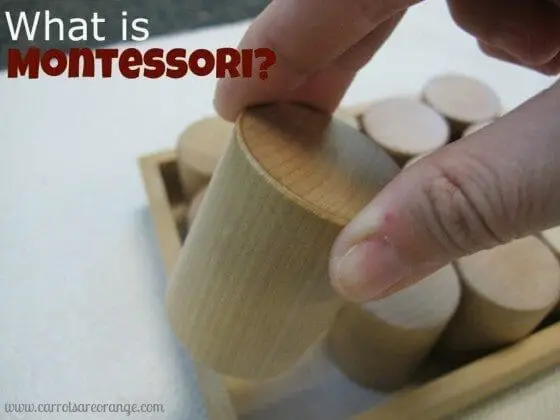In Montessori theory, the prepared environment is a central concept that refers to the intentional arrangement of the physical space and materials to facilitate optimal learning and development for children. Dr. Maria Montessori believed that the environment plays a crucial role in supporting a child's natural growth, independence, and exploration.
Well Prepared Environment
“The teacher prepares the environment of the Montessori classroom with carefully selected, aesthetically arranged materials that are presented sequentially to meet the developmental needs of the children using the space. Well-prepared Montessori environments contain appropriately sized furniture, a full complement of Montessori materials, and enough space to allow children to work in peace, alone or in small or large groups.”

Key Aspects of the Prepared Environment in Montessori Theory
- Order and Beauty: Montessori classrooms are carefully designed to reflect a sense of order and beauty. The environment is organized, clean, and aesthetically pleasing, creating a calm and inviting atmosphere. Neatly arranged materials, labeled shelves, and attractive displays promote a sense of structure and harmony.
- Freedom of Movement: The prepared environment allows for freedom of movement, enabling children to independently explore and engage with the materials and activities. Child-sized furniture, open spaces, and clear pathways support children's mobility and encourage them to move freely and purposefully.
- Accessible and Appropriately Sized Materials: Materials in the prepared environment are carefully chosen and arranged to cater to the developmental needs and interests of children. They are presented on low, open shelves, allowing children to easily access and return materials on their own. The materials are designed with attention to detail, simplicity, and durability to facilitate independent exploration and learning.
- Mixed-Age Grouping: Montessori classrooms often embrace mixed-age groupings, where children of different ages learn and work together. This arrangement promotes collaboration, peer learning, and the development of social skills. Younger children observe and learn from older children, while older children reinforce their knowledge by helping and guiding their younger peers.
- Balance of Structure and Freedom: The prepared environment strikes a balance between providing structure and allowing freedom within defined limits. While there are clear guidelines and expectations, children have the freedom to choose activities that interest them and work at their own pace. This balance fosters independence, responsibility, and self-regulation.
- Nature and Natural Materials: Montessori environments often incorporate elements of nature, such as plants, natural lighting, and natural materials like wood, fabric, or glass. Bringing nature indoors connects children to the natural world, promoting a sense of awe, respect, and environmental consciousness.
- Beauty in Learning Materials: Montessori materials are carefully designed to be aesthetically pleasing, inviting, and engaging. They are designed to be self-correcting, allowing children to learn through hands-on exploration and discovery. The materials promote sensory experiences, cognitive development, and the refinement of specific skills.
Quotes on the Prepared Environment
“One of the reasons why children feel a sense of calm and repose (spiritually) in the Montessori School is just because it is an environment where everything has its proper place and must keep to it.”
“The skill, care, and devotion with which the directress gets ready the environment is the very condition of the children’s freedom.”
E.M. Standing
The prepared environment in Montessori theory is meticulously designed to meet the developmental needs of children, foster independence, and ignite a love for learning. It creates an environment that supports their natural tendencies and allows for self-directed exploration, concentration, and self-discipline.
By providing a thoughtfully prepared environment, Montessori educators and parents create a nurturing space where children can thrive and develop to their full potential.
